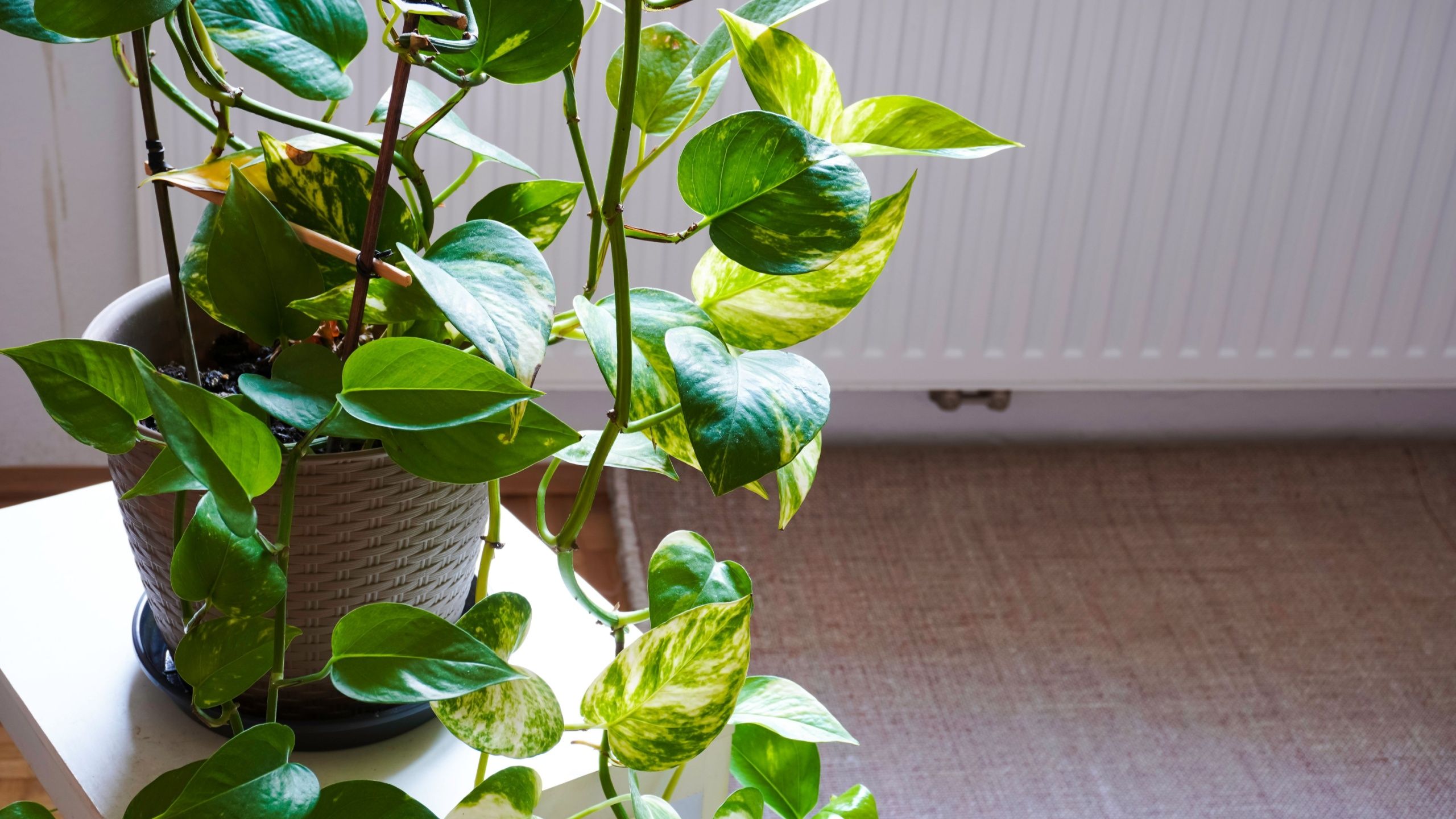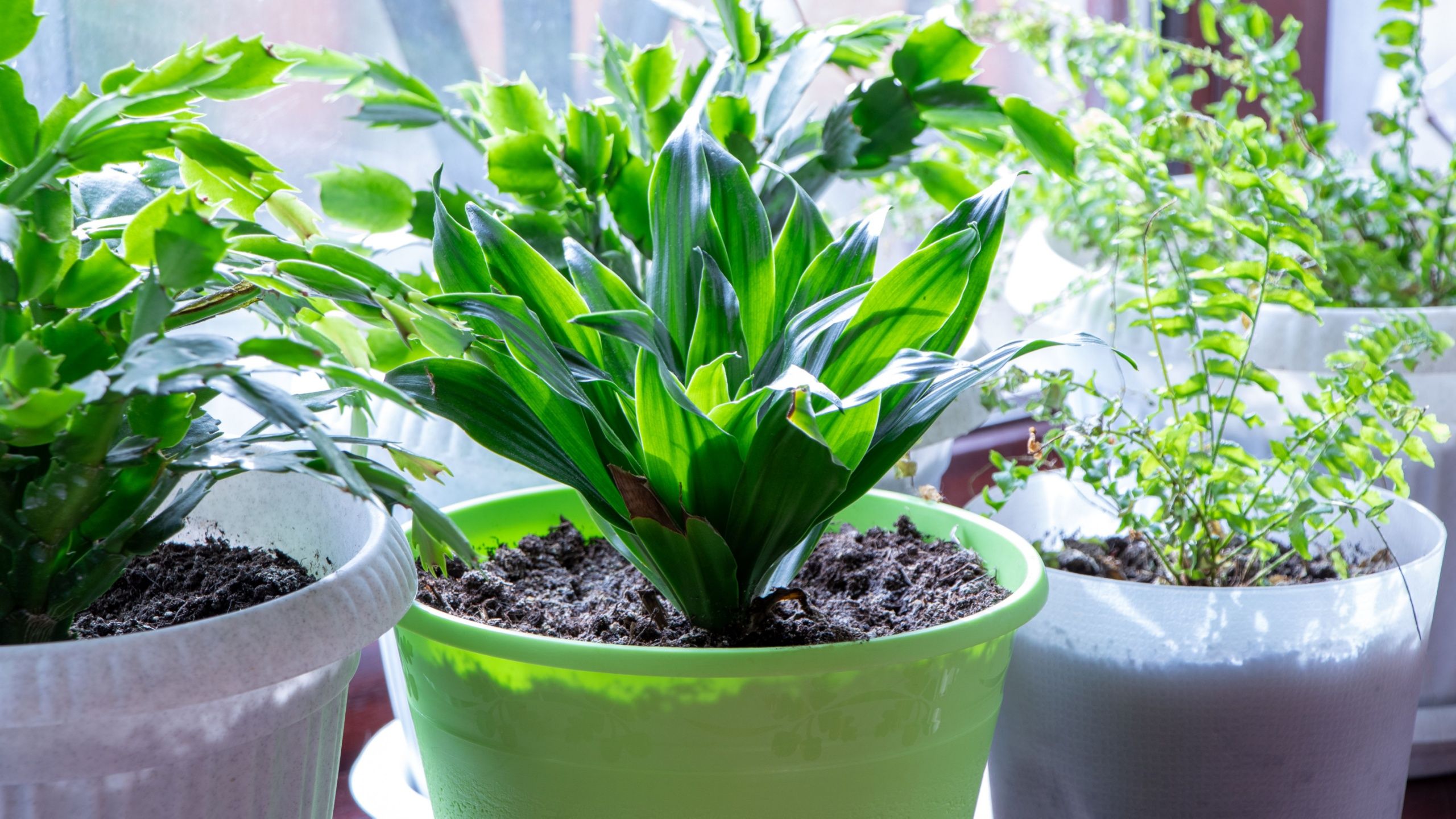As much as I hate to admit it, I’m not good with plants. While I understand the basics of plant care, my track record speaks for itself. However, being plant-challenged doesn’t mean giving up entirely. These resilient varieties can survive questionable gardening skills and might just work for you, too.
5
ZZ Plant
Nearly Indestructible
The ZZ plant (Zamioculcas zamiifolia) has become my go-to recommendation for anyone who thinks they can’t keep plants alive. This glossy-leafed beauty tolerates neglect better than any other houseplant I’ve encountered.
What makes it foolproof is that ZZ plants store water in their thick rhizomes (subterranean stems) and can survive weeks without watering. I had forgotten mine for over a month, and it still looked almost the same once I remembered it existed.
It’s known for low-light tolerance and prefers temperatures between 65-75°F (18-24°C), making it perfect for the dim corner of the apartment. They’re also pest-resistant to a surprising degree. But if you want a helping hand, Planta is a great tool for keeping houseplants alive with basic care.
Overwatering kills more ZZ plants than neglect ever will. I water mine only when the soil feels completely dry (usually every 2-3 weeks). Yellowing leaves will tell you if you’re being too generous with water.
4
Spider Plant
Easy to Grow and Propagate
Spider plants (Chlorophytum comosum) are entertaining houseplants. They produce cascading runners with baby plants, which are called plantlets or “spiderettes”, and dangle like tiny green ornaments.
The propagation aspect is what will hook you. When a mature spider plant sends out these runners, you can root the babies while they’re still attached to the mother plant. Just place a small pot of soil under each plantlet and let nature do its work.
These plants adapt to almost any light condition, though they prefer bright, indirect light. I’ve seen them develop well in everything from dim corners to sunny windowsills—they adjust their growth rate accordingly.
Spider plants are also fast growers. Within months, a small plant can fill out a hanging basket and start producing its offspring.
The technical requirements are minimal—temperatures between 65-75°F (18-24°C), regular watering about once a week when the soil feels dry, and occasional misting. They have signs to tell you when something’s wrong, such as brown leaf tips, usually indicating too much fluoride in your tap water or over-fertilizing.
3
Snake Plant
Your Best Friend
If ZZ plants are forgiving, snake plants (Sansevieria trifasciata) are downright enabling. These vertical beauties actually prefer neglect—something I discovered after unintentionally proving their resilience multiple times.
Snake plants can handle almost everything, including poorly lit corners, inconsistent watering, and temperature fluctuations that would kill most houseplants.
Science also backs up snake plants’ reputation. Snake plants perform CAM photosynthesis, meaning they open their stomata (microscopic pores on leaves) at night instead of during the day. That makes them water-efficient and explains why they survive an unpredictable care schedule. I water mine maybe once a month during winter; even that might be too much.
What sold me on snake plants was discovering their air-purifying abilities. NASA’s Clean Air study found that they remove formaldehyde and benzene from indoor air. You’ll find snake plants consistently recommended for beginners, whether you’re active in online communities for plant lovers or just lurking on houseplant forums.
Its propagation is also very simple; you just have to cut a leaf into sections and stick them in the soil.
2
Pothos Plant
Can Survive Almost Anywhere
Pothos (Epipremnum aureum) might be one of the most adaptable houseplants on Earth. These grow happily in soil, water, low light, bright light, and even irregular care routines that would kill lesser plants.
The versatility is genuinely impressive. Pothos can live their entire lives in a jar of water—no soil required. When you do use soil, they’re forgiving about watering schedules.
Pothos can be particularly useful for testing your watering instincts. If you’re still learning when plants need water, the best plant moisture meters can help you get the timing right without becoming overly attentive.
Their growth rate borders on aggressive. A single pothos cutting can become several feet long within months. That makes them perfect for filling empty corners or adding greenery to shelves without much planning.
Golden pothos will handle the widest range of conditions, though varieties like marble queen and jade pothos offer different leaf patterns. All tolerate temperatures between 65-85°F (18-30°C) and prefer their soil to dry out slightly between waterings, which makes them nearly impossible to kill through basic neglect.
1
Cast Iron Plant
Lives Up to Its Name
The cast iron plant (Aspidistra elatior) earned its name honestly, as this plant survives most conditions. It’s the low-maintenance companion for anyone who struggles with traditional plant care. Cast iron plants can tolerate deep shade, irregular watering, temperature swings, and even occasional frost.
The growth rate is very slow, and while this might initially frustrate you, you should consider this a positive feature. Slow growth means less repotting, less pruning, and fewer opportunities to mess the plant up through over-enthusiastic care.
Cast iron plants prefer temperatures between 45-85°F (7-30°C) and can handle humidity levels from very dry to moderately moist. The Victorian era made these plants popular precisely because they survived gas lamp fumes and neglect.
Watering a cast iron plant is straightforward. Just let the soil dry out completely between waterings, then give it a thorough drink. During winter, this might mean watering once every few weeks. The thick, leathery leaves store water efficiently and make drought tolerance their top quality.
These plants can survive uncertain plant parenting for good reason, as they’re hard to kill. Sometimes, choosing the right plants matters more than perfect technique, letting you keep your apartment green year-round.



